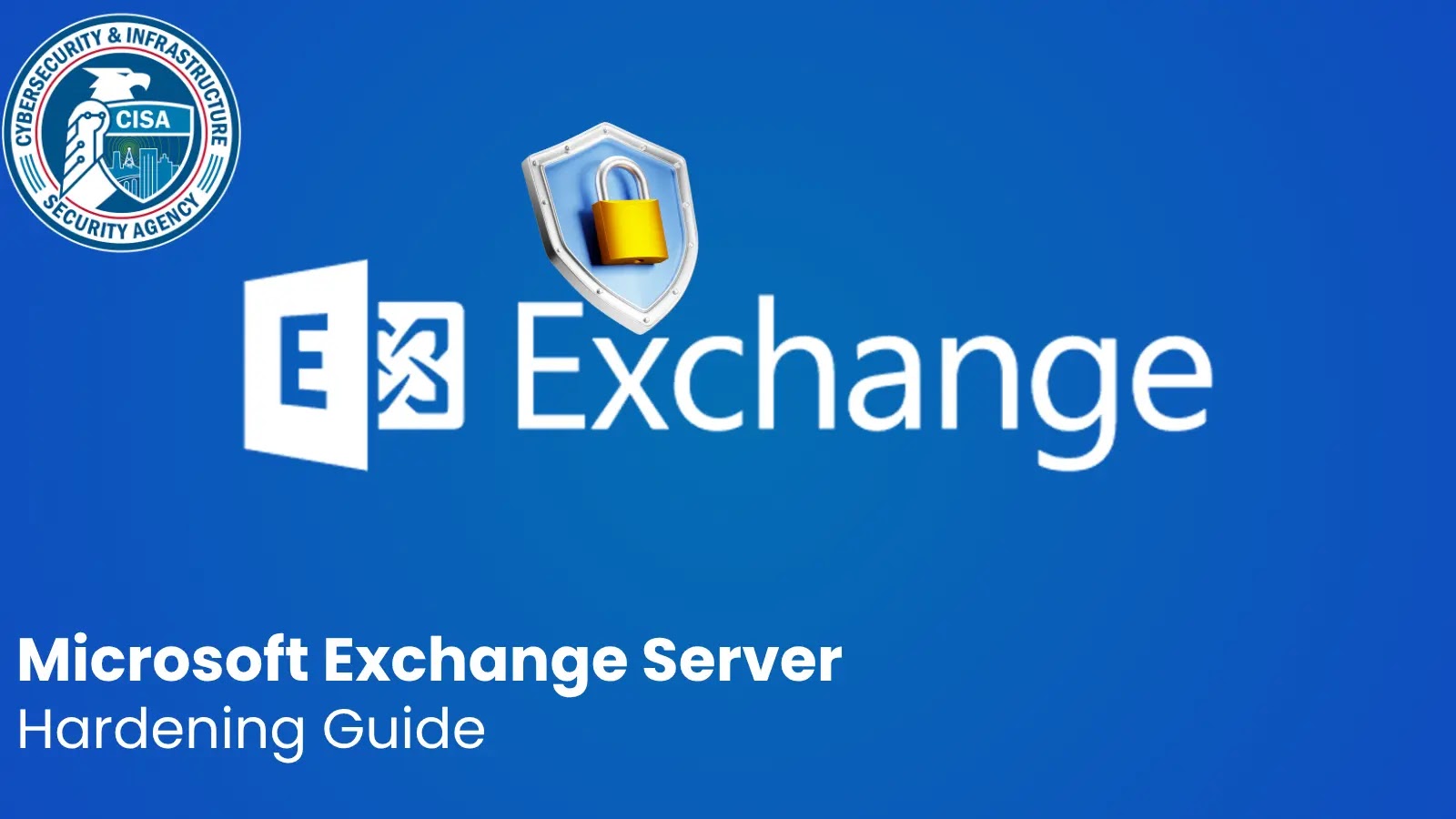CISA Unveils Comprehensive Guide to Fortify Microsoft Exchange Servers Against Emerging Threats
In response to the escalating cyber threats targeting email infrastructures, the Cybersecurity and Infrastructure Security Agency (CISA), in collaboration with the National Security Agency (NSA), the Australian Cyber Security Centre (ACSC), and the Canadian Centre for Cyber Security, has released a detailed guide titled Microsoft Exchange Server Security Best Practices. This document, published in October 2025, provides a robust framework for securing on-premises Microsoft Exchange Servers, emphasizing proactive hardening measures to safeguard sensitive organizational communications.
The Imperative for Proactive Security Measures
The release of this guide is particularly timely, coinciding with Microsoft’s termination of support for older Exchange versions on October 14, 2025. This cessation has heightened the vulnerability of unpatched environments, making them prime targets for cyber adversaries. The guide underscores the necessity of adopting a prevention-focused approach, starting with the diligent maintenance of security updates and patches.
Regular Maintenance and Patching
Administrators are strongly advised to apply the latest Cumulative Updates (CUs) biannually, complemented by monthly security and hotfix patches. This routine is crucial to counteract the rapid development of exploits by threat actors. To facilitate this process, tools such as Microsoft’s Exchange Health Checker and SetupAssist are recommended. These utilities assist in verifying system readiness and streamlining updates, thereby reducing the window of vulnerability over time.
Addressing End-of-Life Servers
For servers that have reached their end-of-life (EOL), immediate migration to the Exchange Server Subscription Edition (SE)—the only supported on-premises version—is imperative. In scenarios where full upgrades are delayed, it is advisable to isolate these servers from internet access to mitigate potential risks. Additionally, ensuring that the Exchange Emergency Mitigation (EM) Service remains active is vital. This service deploys automatic protections, such as URL Rewrite rules, to defend against malicious HTTP requests.
Implementing Established Security Baselines
Beyond regular patching, the guide advocates for the application of established security baselines from reputable sources like the Defense Information Systems Agency (DISA), the Center for Internet Security (CIS), and Microsoft itself. Standardizing configurations across Exchange, Windows, and mail clients enhances overall security posture. Enabling built-in defenses, including Microsoft Defender Antivirus, Attack Surface Reduction rules, and application controls like AppLocker, further fortifies servers against malware and unauthorized executions.
Advanced Threat Detection and Response
The deployment of Endpoint Detection and Response (EDR) tools is highlighted for their advanced threat visibility capabilities. Activating Exchange’s anti-spam and anti-malware features is also recommended to filter out malicious emails effectively. To bolster email authentication, organizations are encouraged to implement standards such as Domain-based Message Authentication, Reporting, and Conformance (DMARC), Sender Policy Framework (SPF), and DomainKeys Identified Mail (DKIM). These standards may require integration through third-party add-ons or gateways.
Strengthening Authentication and Encryption Protocols
A core component of the recommendations involves hardening authentication and encryption protocols. Configuring Transport Layer Security (TLS) consistently across servers prevents data tampering and impersonation. Implementing Extended Protection (EP) adds an additional layer of security by thwarting adversary-in-the-middle attacks through channel binding.
Transitioning to Secure Protocols
The guide emphasizes the importance of transitioning from deprecated protocols like NTLM to more secure alternatives such as Kerberos and Server Message Block (SMB). This transition includes auditing legacy usage and preparing for the phase-out of NTLM. Adopting Modern Authentication with multifactor authentication (MFA) via Active Directory Federation Services replaces vulnerable Basic Authentication methods. Additionally, certificate-based signing secures PowerShell serialization, enhancing overall system integrity.
Additional Security Measures
To further enhance security, the guide recommends implementing HTTP Strict Transport Security (HSTS) to enforce HTTPS connections, configuring Download Domains to mitigate cross-site request forgery, and employing role-based access control (RBAC) with split permissions to enforce the principle of least privilege. Limiting administrative access to dedicated workstations and detecting P2 FROM header manipulations add additional layers of defense against email spoofing.
Alignment with Zero Trust Principles
The comprehensive measures outlined in the guide align with Zero Trust principles, promoting a deny-by-default access model, minimizing attack surfaces, and ensuring continuous evaluation to safeguard email integrity. While the guide is not exhaustive, it serves as a critical component of incident response planning and complements hybrid-specific directives, such as CISA’s Emergency Directive 25-02.
Conclusion
As Microsoft Exchange Servers continue to be prime targets for cyberattacks, evidenced by past exploits like HAFNIUM and recent zero-day vulnerabilities, the adoption of these best practices is essential. By implementing the recommendations detailed in the Microsoft Exchange Server Security Best Practices guide, organizations can significantly enhance their defense mechanisms, ensuring the security and integrity of their email infrastructures.



